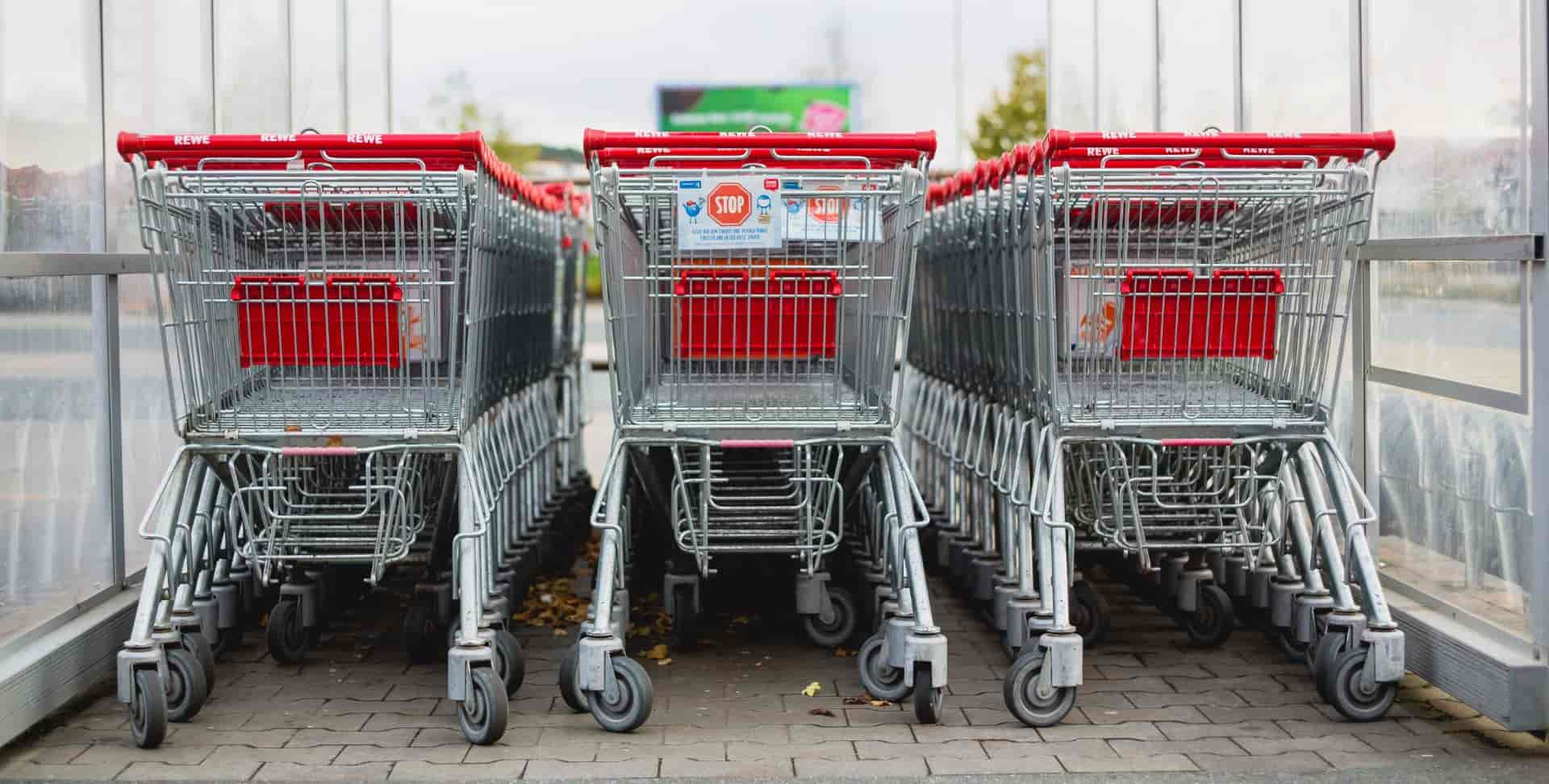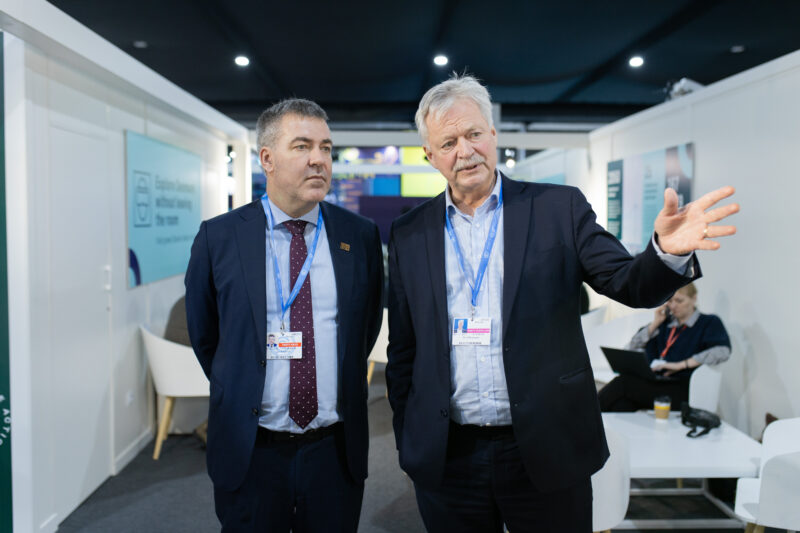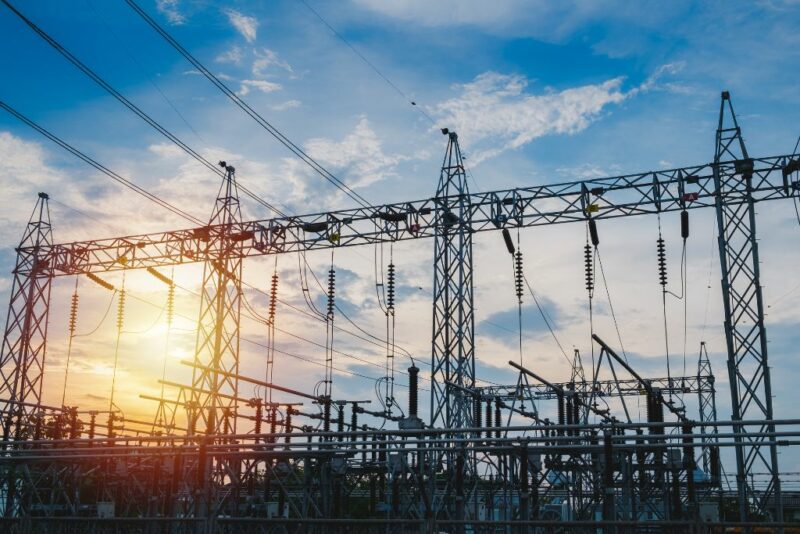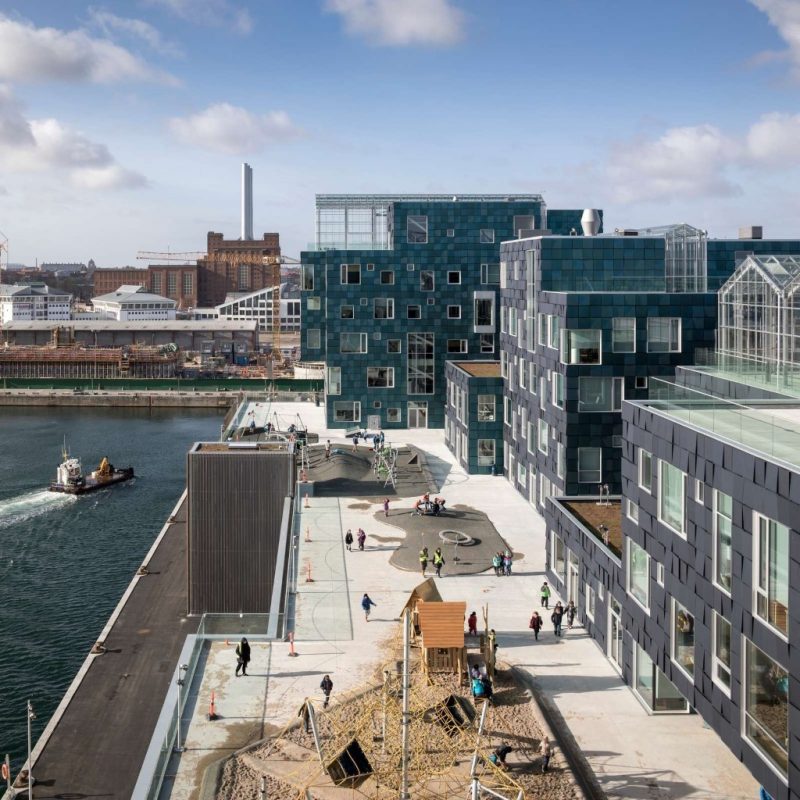News
Green purchasing for a green future: The Danish government flexes the public procurement muscle


The government and a broad majority in the parliament have set an ambitious goal of reducing Denmark's CO2 emissions by 70 per cent by 2030. This can only be achieved if all instruments are brought into play, according to a Ministry of Finance press release (in Danish). Therefore, the government is now presenting an overall strategy for how public sector procurement can contribute to making Denmark greener.
"It is a major economic muscle, which we are activating to further accelerate the green transition"
- Nicolai Wammen, Danish Minister of Finance
“For the first time in Danish history, the government is now launching an overall strategy for green public procurement. We do this because in the future we must be even better at keeping the climate, environment and sustainability in mind when we purchase. It is a major economic muscle, which we are activating to further accelerate the green transition. And we are one of the first countries in the world to set figures on how much green procurement should contribute to reducing Denmark's total emissions,” said the Danish Minister of Finance, Nicolai Wammen.
-Related State of Green white paper: Financing the green transition – How investments enable a sustainable future
New calculations show that public procurement burdens the climate with 12 million tonnes of CO2 per year. Of this, approx. a third is discharged in Denmark. This is the first-ever calculation of the climate impact of public procurement, and the ambition is for the level to be significantly reduced by 2030.
In collaboration with external experts, extensive analysis work is now underway, which will both project the development and provide detailed insight into how the individual procurement areas affect the climate and the environment. When this work is completed, the government expects to be able to make an agreement in 2021 with the parliamentary parties on a specific reduction target.
“We are setting a clear direction, and at the same time the strategy contains a number of concrete proposals, which we are ready to launch now. We propose, for example, that the state's employee canteens introduce vegetarian food two days a week, and that 60 per cent of the food must be organic. We will make it mandatory to use products that are eco-labeled or meet similar requirements. At the same time, we suggest that costs are taken into account throughout the product's life cycle when purchasing. The obvious choice must be the green choice,” said Nicolai Wammen.
-Related news: Denmark pushes billion euro investments for greener public housing
In continuation of the concrete initiatives that can be implemented immediately, the strategy also calls for long-term green development. Here, the government proposes, among other things, that public vehicles must be emission-free by 2030 (some exceptions may apply, for example emergency and military vehicles) and that energy consumption in government buildings must be reduced. At the same time, the strategy contains a digital track, which includes green data centres and e-commerce in the public sector.
“With the strategy, we send a clear signal that climate- and environment-friendly products and services are the future, and we make public procurement an engine for green development in the market,” concluded Nicolai Wammen.
Download the strategy (in Danish)
Photo by Markus Spiske on Unsplash
You should consider reading
solutions
Combined heat and power production
+6
CopenHill: The story of the iconic waste-to-energy plant
20 November 2024solutions
Energy efficiency in buildings
+2















